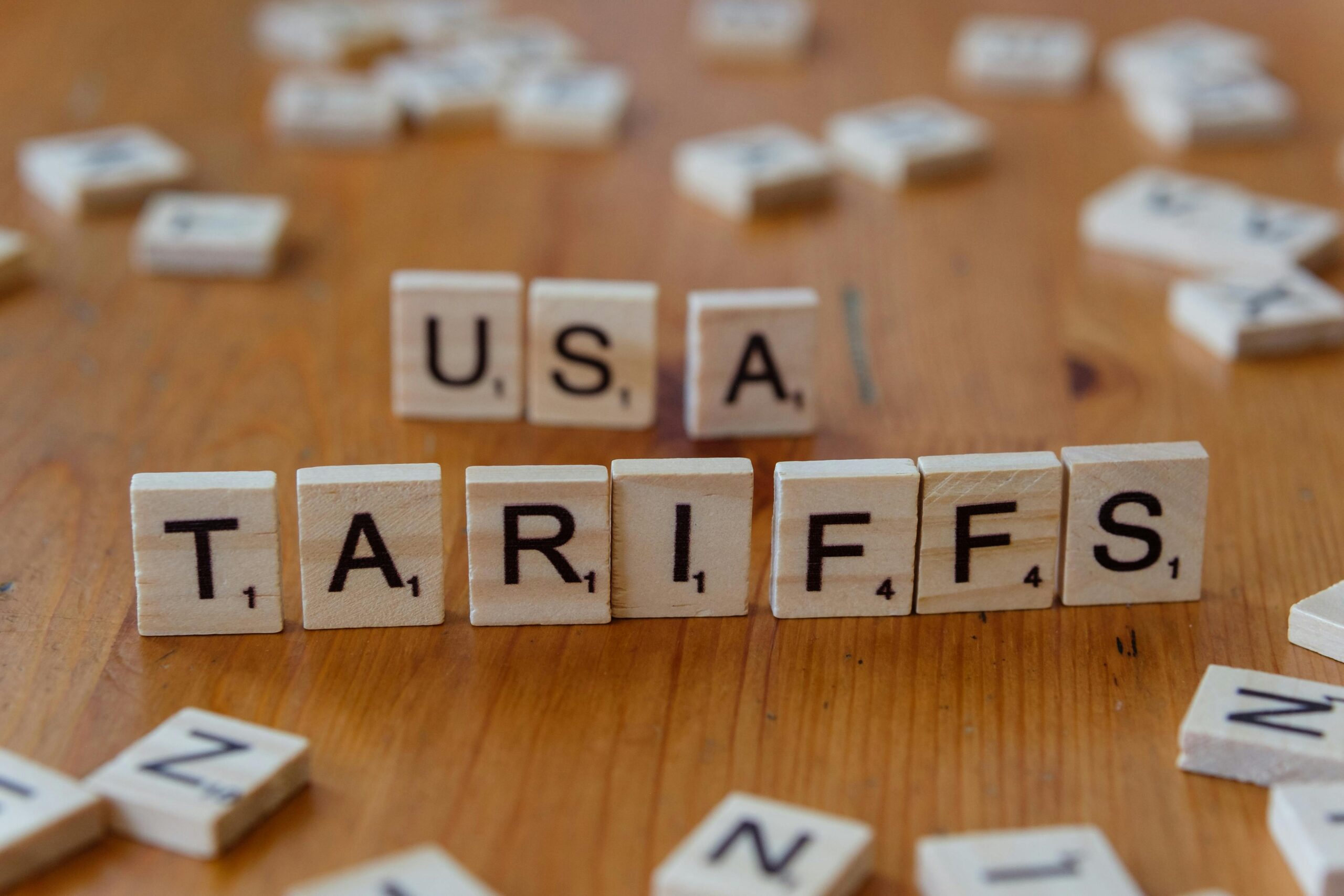Collections top $151 billion for the fiscal year to date as Trump’s trade policy enters a critical phase ahead of the Aug. 1 reciprocal tariff deadline.
Tariff revenues hit a new monthly record in July, topping $28 billion and lifting collections for the fiscal year to date to more than $151 billion, according to Treasury data.
The latest Daily Treasury Statement, released on July 29, shows July’s haul surpassing the previous record of $27 billion set in June.
President Donald Trump has said the higher duties will substantially boost government revenue.
“The big money will start coming in on Aug. 1,” he said during a July 8 Cabinet meeting, referring to reciprocal tariffs scheduled to take effect against dozens of trading partners unless they strike last-minute deals with Washington.
In the days leading up to the Aug. 1 deadline, Trump announced a 25 percent levy on India—citing its purchases of Russian energy and weapons—and a 15 percent duty on South Korea, aligning it with Japan’s rate.
Despite Trump’s insistence that the Aug. 1 deadline is fixed, aides have hinted at potential flexibility once the new tariffs take effect. Commerce Secretary Howard Lutnick told reporters this week that the president is “always willing to listen” to countries seeking adjustments after Aug. 1, signaling that tariff rates could be modified later in response to trade negotiations or concessions.
In light of soaring tariff revenues, Trump has floated the idea of sending rebate checks to taxpayers, telling reporters on July 25, “We have so much money coming in, we’re thinking about a little rebate.”
Treasury Secretary Scott Bessent has projected that tariff collections could reach $300 billion by year’s end, roughly double current levels.
When asked whether he believes Bessent’s projections to be realistic, Sergio Altomare, cofounder of Hearthfire Holdings, called the estimate “aggressive” and said that “the trajectory certainly makes sense.”
“More importantly, though, the focus shouldn’t be on the number itself, but on the underlying trend,” Altomare told The Epoch Times in an emailed statement, while framing the tariffs in broader, structural terms.
“What we’re seeing is not just a trade tweak—it’s a structural shift in capacity, resilience, and dignity in work.”
He described Trump’s trade policies as “the beginning of a structural shift” to revive industrial jobs such as line technicians, machinists, and skilled trades, which were gutted in globalization’s offshoring push.
Tariff Impacts
Economists broadly agree that Trump’s tariffs are reshaping trade flows and generating record revenue for the government, but debate continues over how much the costs will ripple through to consumers.
Tariffs function as a tax on imports, yet the burden is often shared: Foreign exporters frequently absorb part of the cost to preserve access to the U.S. market, and domestic companies may also cut margins rather than pass on the full increase in prices.
Bessent has estimated that, for a typical 10 percent tariff, about 4 percentage points are offset by currency adjustments, another 4 percentage points by foreign producers, and only 2 percentage points ultimately reach U.S. businesses and consumers. During Trump’s first term, he noted, roughly 20 percent tariffs on Chinese goods translated into a less than 1 percent increase in consumer prices.
Still, analysts warn that broad reciprocal tariffs could affect more sectors than earlier, narrower trade measures. The Congressional Budget Office projects that tariffs imposed this year will boost inflation by about 0.4 percentage points in both 2025 and 2026 before leveling off—a one‑time rise in price levels rather than sustained inflation.
Early price data show mixed effects. The June consumer price index reported declines in vehicle prices and flat readings for televisions and smartphones, but increases for apparel and appliances.
ING economists said there is “scattered evidence” of tariff impacts in categories such as fresh produce, toys, and household goods, although much of it has been offset by softness in shelter costs, which make up about 40 percent of the core consumer price index, a widely used measure of consumer inflation.
Some argue that the bigger story is not short‑term inflation at all but a long‑term industrial realignment.
Altomare called Trump’s tariff policies “less of a tax and more of a down payment” on rebuilding U.S. manufacturing and restoring blue‑collar career paths hollowed out by past trade deals.
“If we continue to view tariffs only through the lens of inflation, we’re playing checkers in a chess match,” he said.
If you found this article interesting, please consider supporting traditional journalism
Our first edition was published 25 years ago from a basement in Atlanta. Today, The Epoch Times brings fact-based, award-winning journalism to millions of Americans.
Our journalists have been threatened, arrested, and assaulted, but our commitment to independent journalism has never wavered. This year marks our 25th year of independent reporting, free from corporate and political influence.
That’s why you’re invited to a limited-time introductory offer — just $1 per week — so you can join millions already celebrating independent news.
